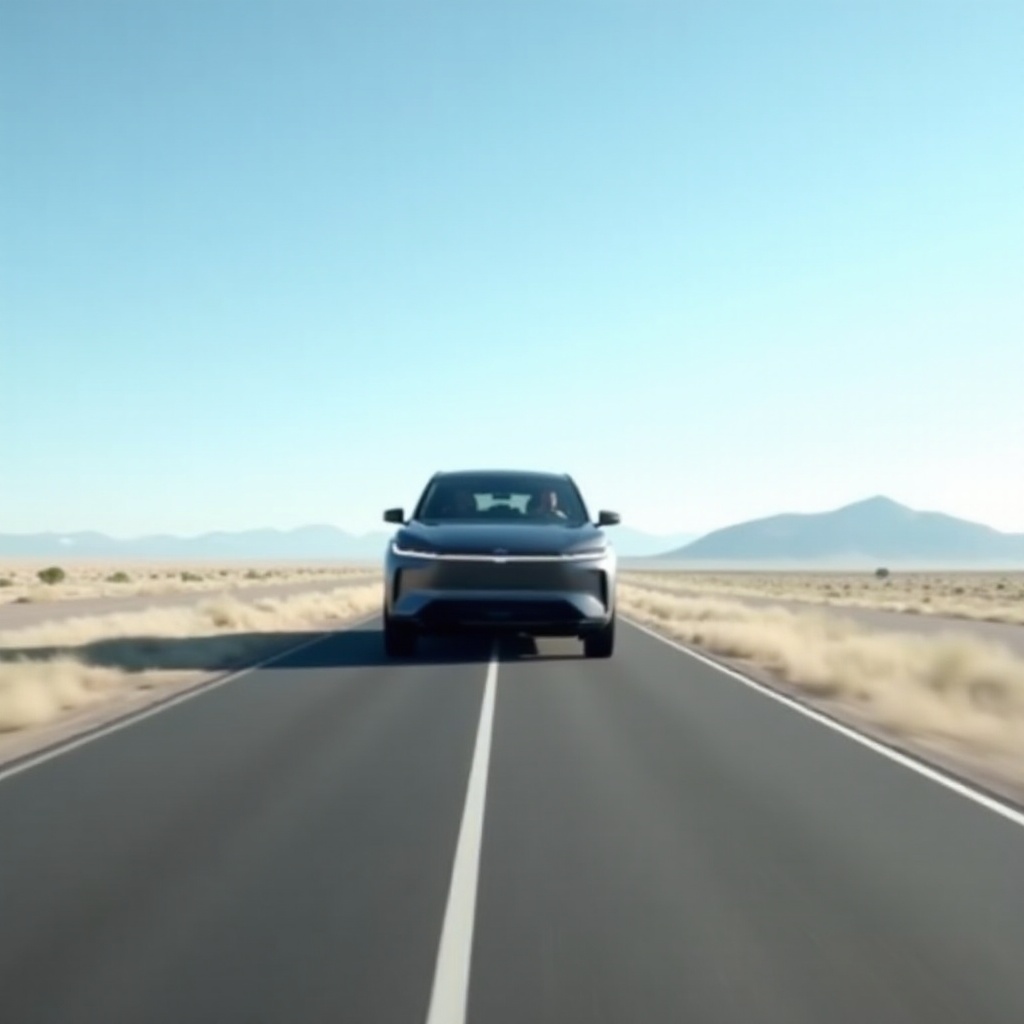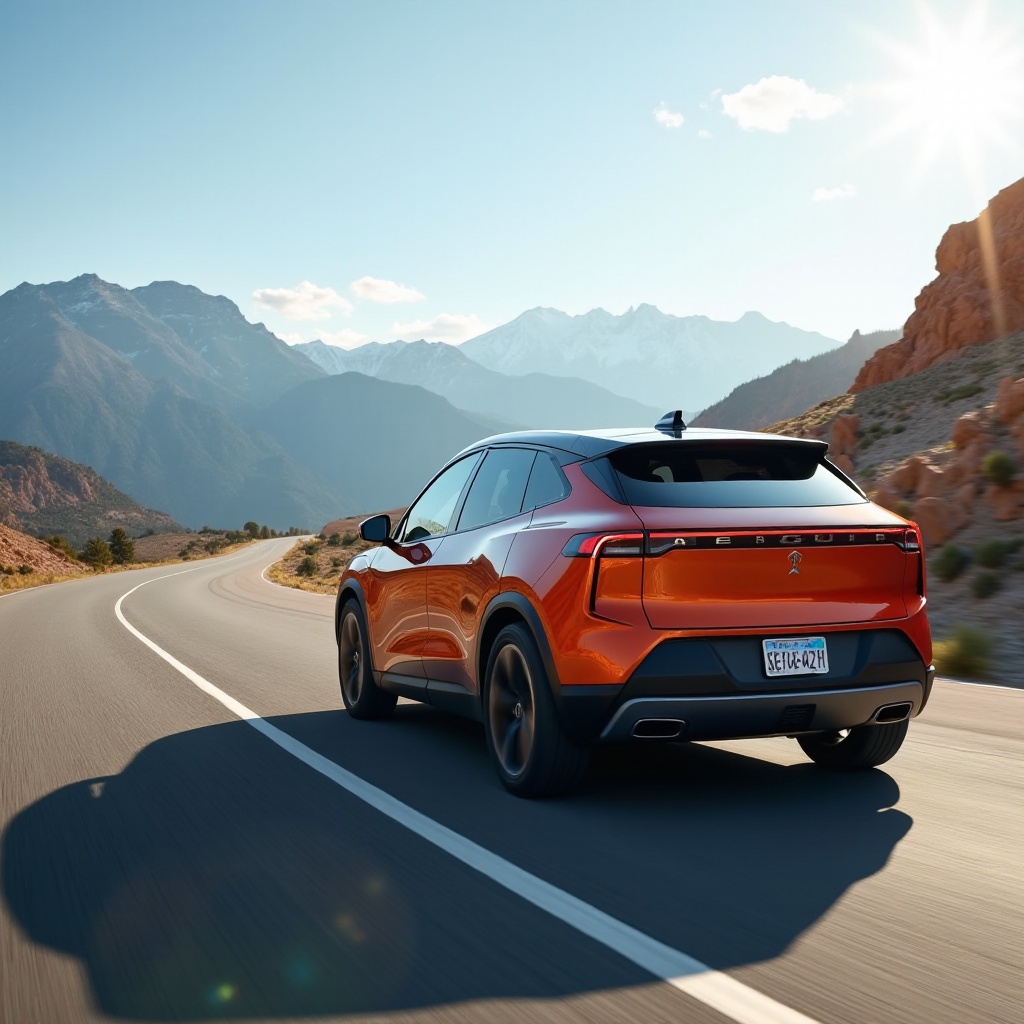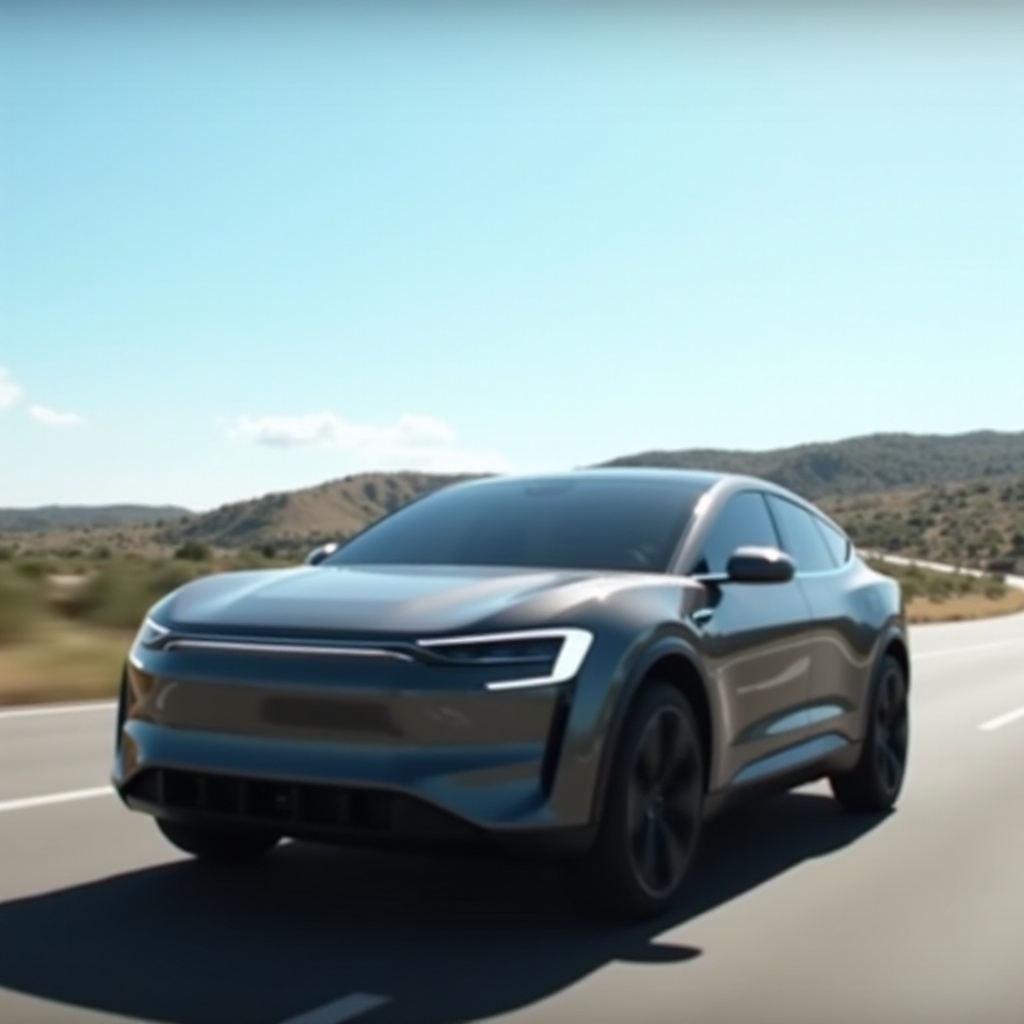Introduction
Rivian has become a significant force in the electric vehicle (EV) market with its R1T pickup truck and R1S SUV. These vehicles represent a step forward in the pursuit of sustainable travel, making the range of each model highly relevant for both potential buyers and EV enthusiasts. Understanding the range on a single charge is crucial, as it impacts daily commutes, weekend adventures, and long road trips. In this blog, we will explore the capacities of the Rivian R1T and R1S, dive into their battery technology, discuss real-world driving ranges, and highlight advanced features that enhance their range. Additionally, we’ll examine the charging infrastructure available and provide practical tips for maximizing your Rivian’s range.

Rivian R1T and R1S Overview
The Rivian R1T and R1S models target those with adventurous spirits and an inclination toward eco-friendly travel. Rivian prioritizes innovation, performance, and sustainability in these vehicles.
The R1T is a robust all-electric pickup truck capable of towing up to 11,000 pounds and is built for off-road adventures, offering a spacious, comfortable cabin. The R1S, an SUV sharing the same platform, caters to families and individuals who prefer enclosed space while maintaining impressive off-road capabilities. Both models promise a premium driving experience, featuring luxury amenities and cutting-edge technology.
They boast Rivian’s unique skateboard platform, which houses the battery and drivetrain components low in the vehicle to lower the center of gravity and enhance stability. This design allows us to better appreciate the sophisticated battery technology driving these vehicles.

Battery Technology and Capacity
The battery is the core of any electric vehicle, and Rivian’s technology is at the forefront. The R1T and R1S come with several battery configurations to meet different driving needs and behaviors.
Rivian offers 105 kWh, 135 kWh, and 180 kWh battery packs. The 180 kWh pack provides the greatest range, ideal for long-distance travelers wary of frequent recharging. Rivian’s advanced battery systems include high energy density cells, a thermal management system that ensures optimal temperature, and a software system to monitor and manage performance.
This comprehensive setup strikes a balance between performance, range, and longevity, providing drivers with reliable and efficient vehicles.
Real-World Driving Range
While technological specifications provide a promising outlook, real-world driving conditions truly test range performance. According to Rivian, the R1T with the 135 kWh battery can achieve around 314 miles on a full charge under optimal conditions, while the 180 kWh pack can extend that range to over 400 miles. The R1S yields similar range figures since it shares the same platform with the R1T.
However, real-world variables—such as driving habits, terrain, weather, and load—affect these numbers. Frequent acceleration, hilly terrains, extreme weather, and heavy loads typically reduce the effective range. Being aware of these factors helps plan trips and manage expectations.

Advanced Features Enhancing Range
Rivian’s vehicles come with several advanced features that contribute to maximizing range:
-
Regenerative Braking: This system converts kinetic energy to electrical energy during braking and deceleration, recharging the battery and extending range.
-
Aerodynamics: The R1T and R1S are designed to minimize air resistance. Their sleek lines and retractable door handles reduce drag, enhancing efficiency.
-
Intelligent Driving Modes: Modes like Conserve Mode optimize performance for energy efficiency by adjusting the vehicle’s height and power delivery.
These features collectively help Rivian drivers to maximize their vehicle’s range efficiency.
Charging Infrastructure and Options
Regardless of range, convenient charging options are essential for practical EV use. Rivian recognizes this and has heavily invested in building a comprehensive charging network.
The Rivian Adventure Network is a dedicated fast-charging infrastructure for Rivian vehicles, providing up to 140 miles of range in just 20 minutes. These chargers are located along popular travel routes and adventure spots. Rivian vehicles can also use other public charging networks, including Level 2 chargers and nationwide DC fast-charging stations.
For home charging, Rivian offers solutions like the Rivian Wall Charger, allowing owners to charge overnight and start their day with a full battery.
Conclusion
Rivian meticulously designs its electric vehicles to blend adventure, sustainability, and practicality. With advanced battery technology, efficient ranges, and thoughtful features, the R1T and R1S stand out in the EV market.
Understanding how far a Rivian can go on a single charge is vital. When paired with an expanding charging infrastructure, owning a Rivian promises a seamless and reliable driving experience for both off-road adventurers and city commuters.
Frequently Asked Questions
How long does it take to charge a Rivian fully?
Charging times vary based on the method. A Level 2 home charger takes about 13 hours for a full charge, while Rivian fast chargers can provide up to 140 miles of range in 20 minutes.
Does cold weather affect Rivian’s range?
Yes, cold temperatures can reduce battery efficiency and range. Rivian’s thermal management system helps mitigate some of these effects, but users may still notice a reduction in range.
How can I maximize the range of my Rivian vehicle?
To maximize range, use features like regenerative braking, drive in Conserve Mode, maintain optimal tire pressures, minimize the use of energy-draining systems, and charge your vehicle regularly to avoid deep discharges.
